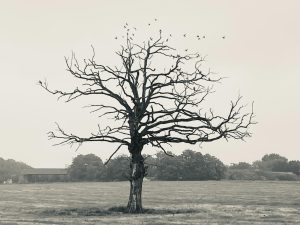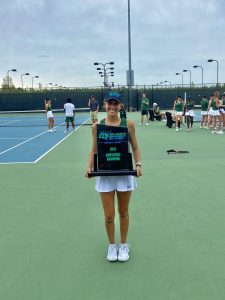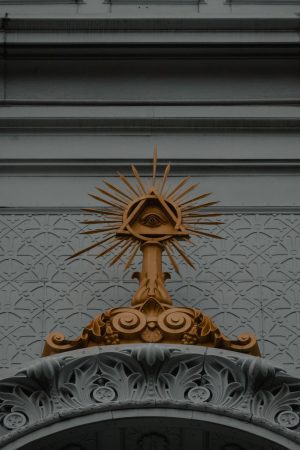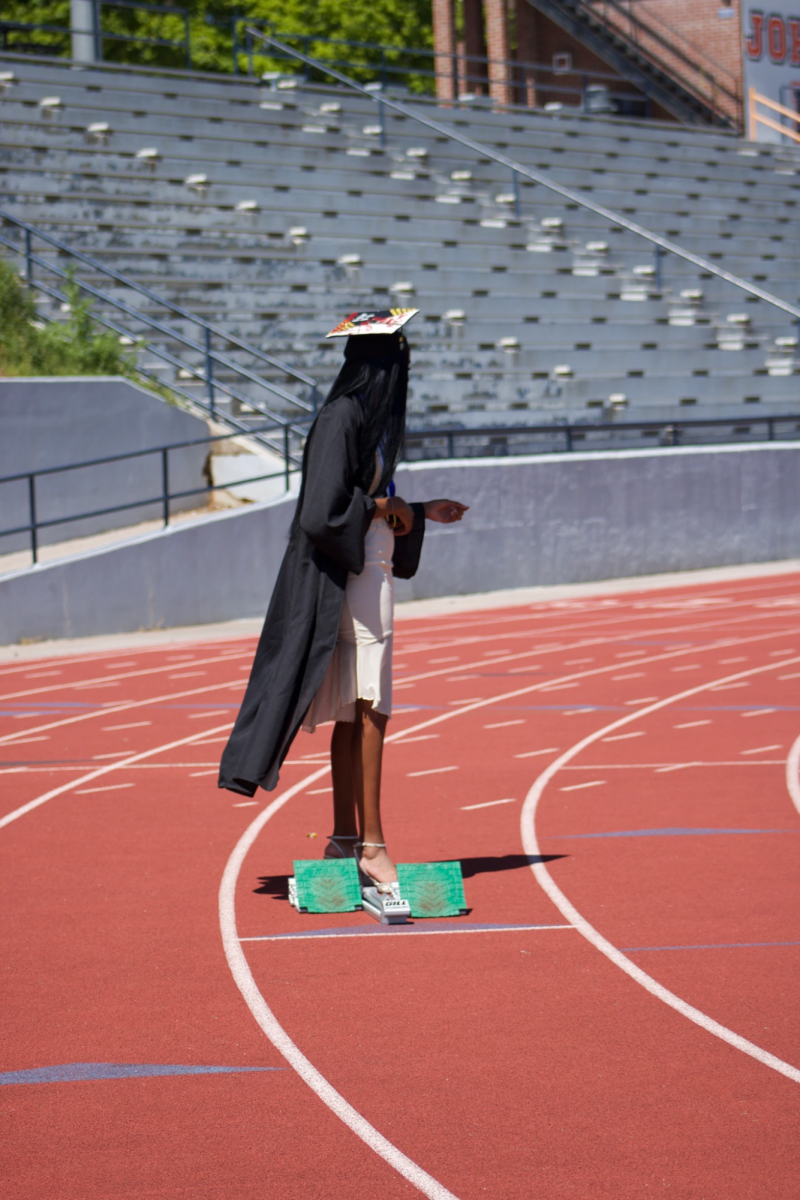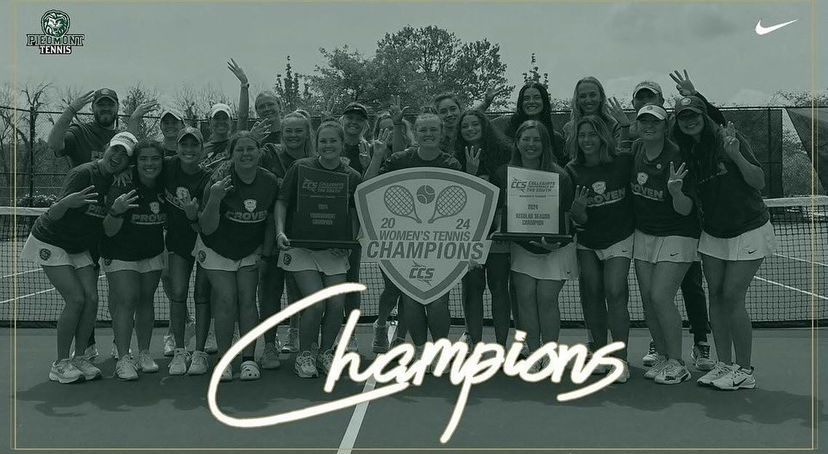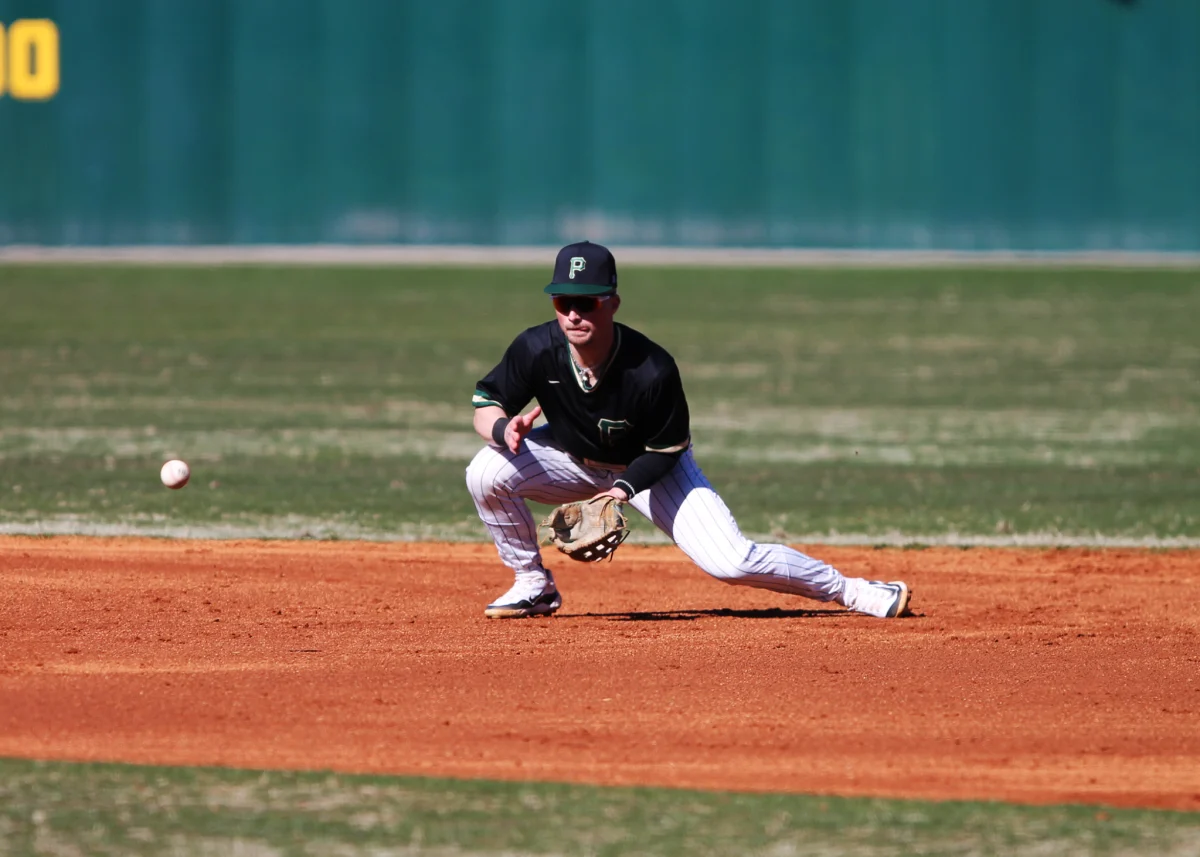By FLETCHER DEAL
Staff Writer
The school year is winding down, and among other things such as spring formal and finals, elections for student government are about to begin.
This will be the second year of the new Student Government Association, SGA, but this isn’t the first time Piedmont has been home to student democracy.
In the late 1930s, Piedmont was under the presidency of Malcolm Boyd Dana who was elected in 1939. He was considered an antithesis, a direct contrast to the previous presidents.
“He was to some extent the product of the newer trends in educational theory and social reform which prevailed in the 1920s and 1930s,” said Lane.
One of his accomplishments during his years at Piedmont was the formation of a student government.
In September, 1939, Dana met with the Students’ Association and suggested a program that enlarged their authority.
The Association’s constitution was reformed and an executive cabinet of ten students was formed to represent the Association.
The executive cabinet was to meet regularly with the faculty’s administration committee, the dean, and the college President. They used these meetings to discuss any problems that concerned college life. The propositions from the Cabinet would then be referred to the Students’ Association for action.
One of the first problems addressed by the Cabinet was a formulation of rules for freshmen. These were added to freshmen in addition to the general college rules. Some of the most notable were:
1. Freshmen should wear the regulation caps, green beanies, every day except Sunday from eight in the morning to 5:45 in the afternoon until Christmas holidays.
2. Freshmen shall reseat themselves after assemblies until all upperclassmen have left, then arise but remain in their respective places until all sophomores have marched out.
The Students’ Association also made rules governing dances, and the dean set up a committee of three faculty members to advise the governing board.
There was one main issue in the Students’ Association. They had the power to make rules, but no power to enforce them.
Because of this issue, Donald Carson, a member of the student body at Piedmont in the late 1930s, called for a judicial body for the students.
“We of Piedmont say that we have student government. Do we?” questioned Carson.
“Of course we have our Students’ Association with the constitution and working officers. All students who have been here long enough to know our needs, have a voice in deciding what the Association will do. That is what is liberally known as democracy.
“But no government exists without a judicial body which has absolute authority of the whole government. We have no such body. Might we try the forms that have proved themselves on other campuses and in other student governments?
“No faculty, no matter how amiable or wise, can know the exact spot where discipline is needed most. Only students have that privilege.”
The Students’Association was not completely void of power in this area, however. They had the ability to nominate five women and seven men of whom the students would vote for three women and four men to serve as the judicial committee.
The committee’s powers were to try and sentence students for infractions on dormitory standards, dating and rules of dance conduct. They also had the power to try to sentence students who had caused damage to school property, and they were to initiate impeachment proceedings against members of the Student’s Association. They also were able to recommend expulsion.
While the government was prevalent during Dana’s five years. After his resignation, participation in this version of student government began to drop. The main reasons cited for this were because of the war, student apathy, and Dana’s resignation. Dana resigned in 1944.

